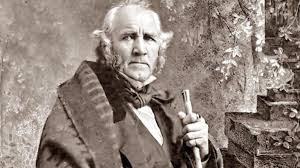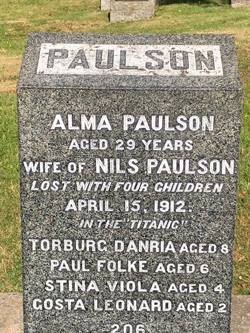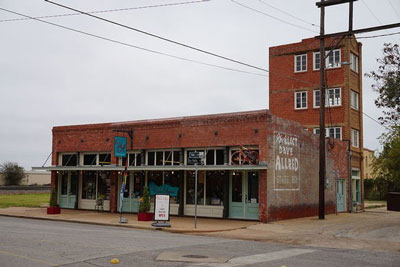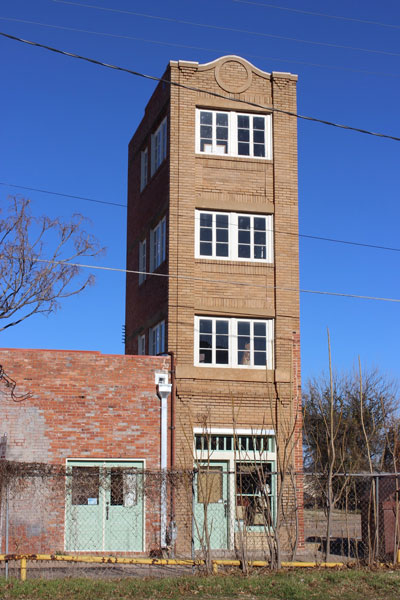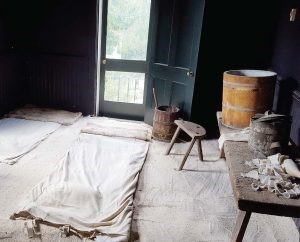
As the old song goes, “Times Are A-Changing,” and now in a big way. All forms of media tell us we are moving into a different world. So, I decided to visit a completely different time, and look at medicinal plant knowledge early Native Americans used when needed.
Native Americans that occupied the North American continent for ages before the arrival of Europeans. After watching animals eat certain plants when sick, medicine men used the same plants. But being very conscious of the environment, they picked only every third plant to be used. There was no drug store, no hospitals, and no doctors; the cure fell on the medicine man’s shoulders and a spiritual view of life.
Here are eight plants Native Americans in the area used into the 20th century. I suspect our ancestors learned from them. Remember many tribes were nomadic and traded throughout the Southwest. Medicinal plants were valuable in trading.
We see sumac in the woods each fall. It was used for multiple medicinal remedies, especially for treating eye problems. A concoction from sumac was used as a gargle for sore throats or a remedy for diarrhea. The leaves and berries could be combined in a tea to reduce fever and made into a poultice to soothe poison ivy.
Red clover is another plant we see along roads in the early spring. The red flowers were used by healers for treating inflammation and respiratory conditions. Today medical professionals believe red clover helps prevent heart disease by improving circulation and lowering cholesterol.
Ponds and still bodies of water are home to cattails, the most famous survival plants for the indigenous people who used it for food as well as a preventative medicine. It was used as a digestive food helpful in recovering from illness.
If you have ever walked along a damp path in the woods you may have encountered greenbriar, especially if you are wearing shorts. The root tea was used as a blood purifier or for relieving joint pain. It could also be made into a salve applied to minor sores, scalds, and burns.
Today we are frequently suggested to use ginger for a number of complaints. Healers also used it for treating earache and ear infections. A mild tea from the rootstock stimulates the digestive systems and also helps with bronchial infections and nausea.
Native Americans used wild rose as a preventive and cure for a mild common cold. The tea stimulates the bladder and kidneys and is a mild diuretic. The petals are used in an infusion for sore throats.
At Thanksgiving we sprinkle a large dab of sage in the dressing for the turkey. Native Americans believed that sage was a sacred plant, believing it to have purifying energies and to cleanse the body of negative energies. As a remedy, it was used for treating medical conditions like abdominal cramps, spasms, cuts, bruises, colds, and flu.
Go west a hundred miles and you will encounter prickly pear cacti whose bulb-like fruit make wonderful jelly. The whole plant has been used as food and medicine. A poultice can be used as an antiseptic, and for treating wounds, burns, and boils. Tea can treat urinary tract infections and help the immune system. Now the plant is known to help lower cholesterol and prevent diabetes and diet-related cardiovascular disease.
Some plant life here on the North American continent was used by both early pioneers and Cherokees. But space is running out, so look for that next week.




